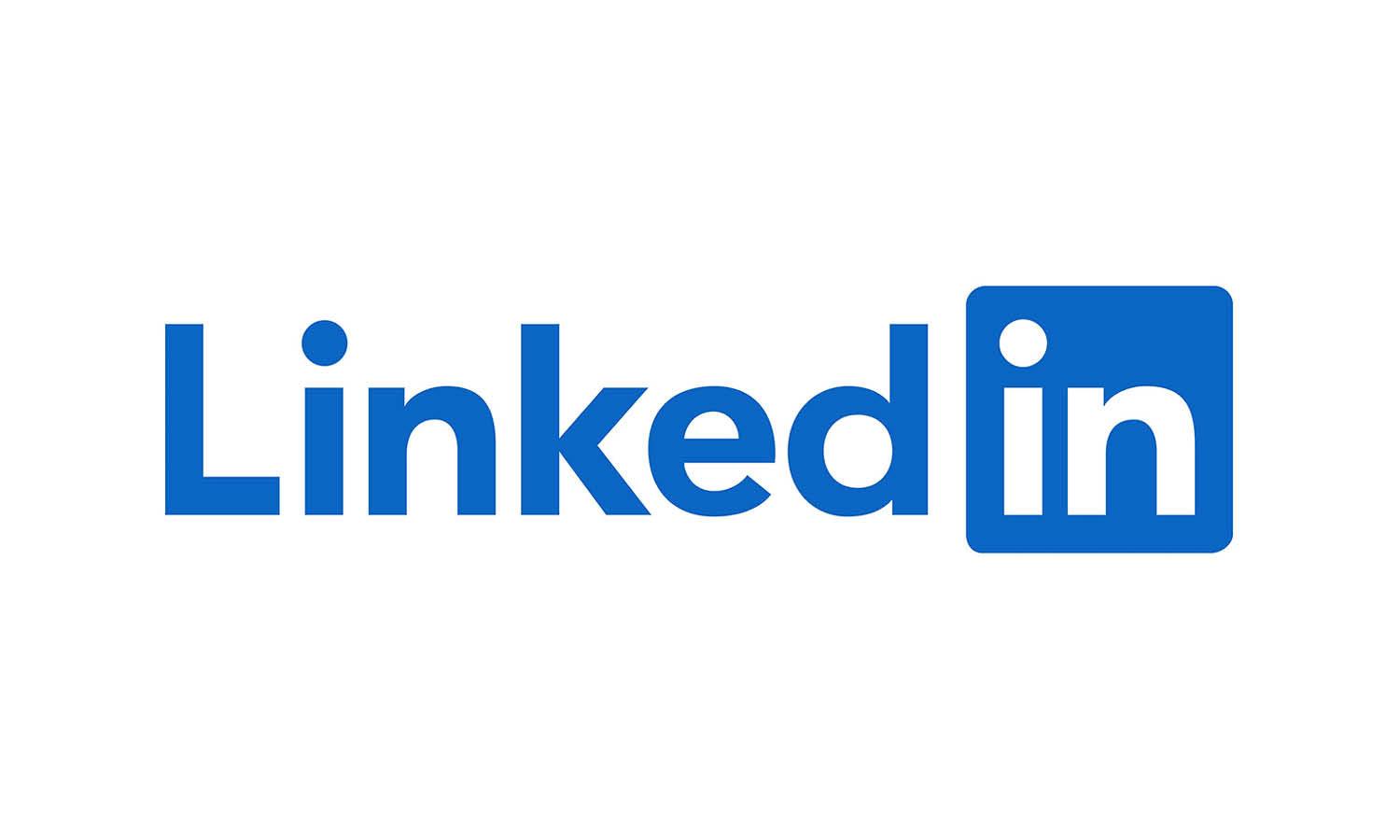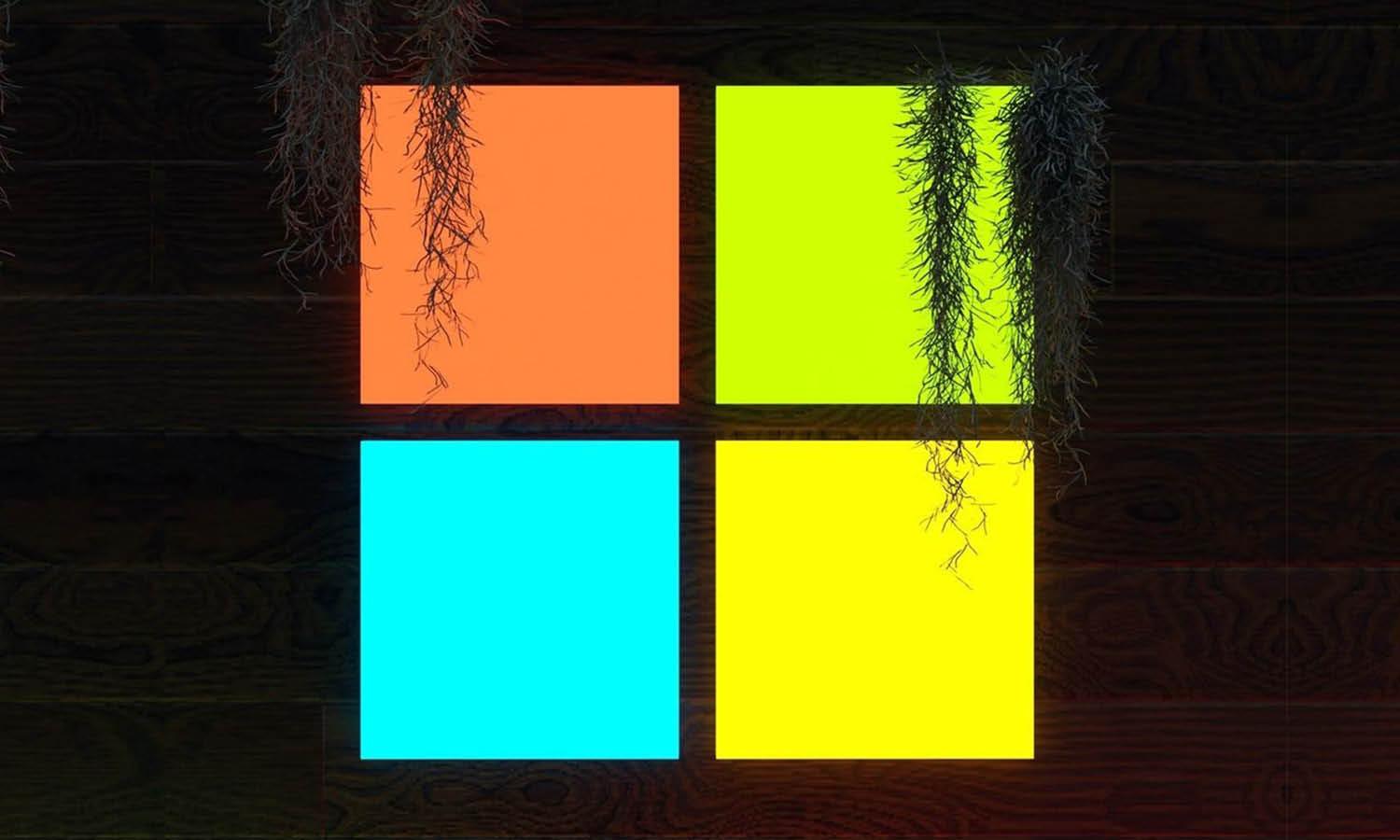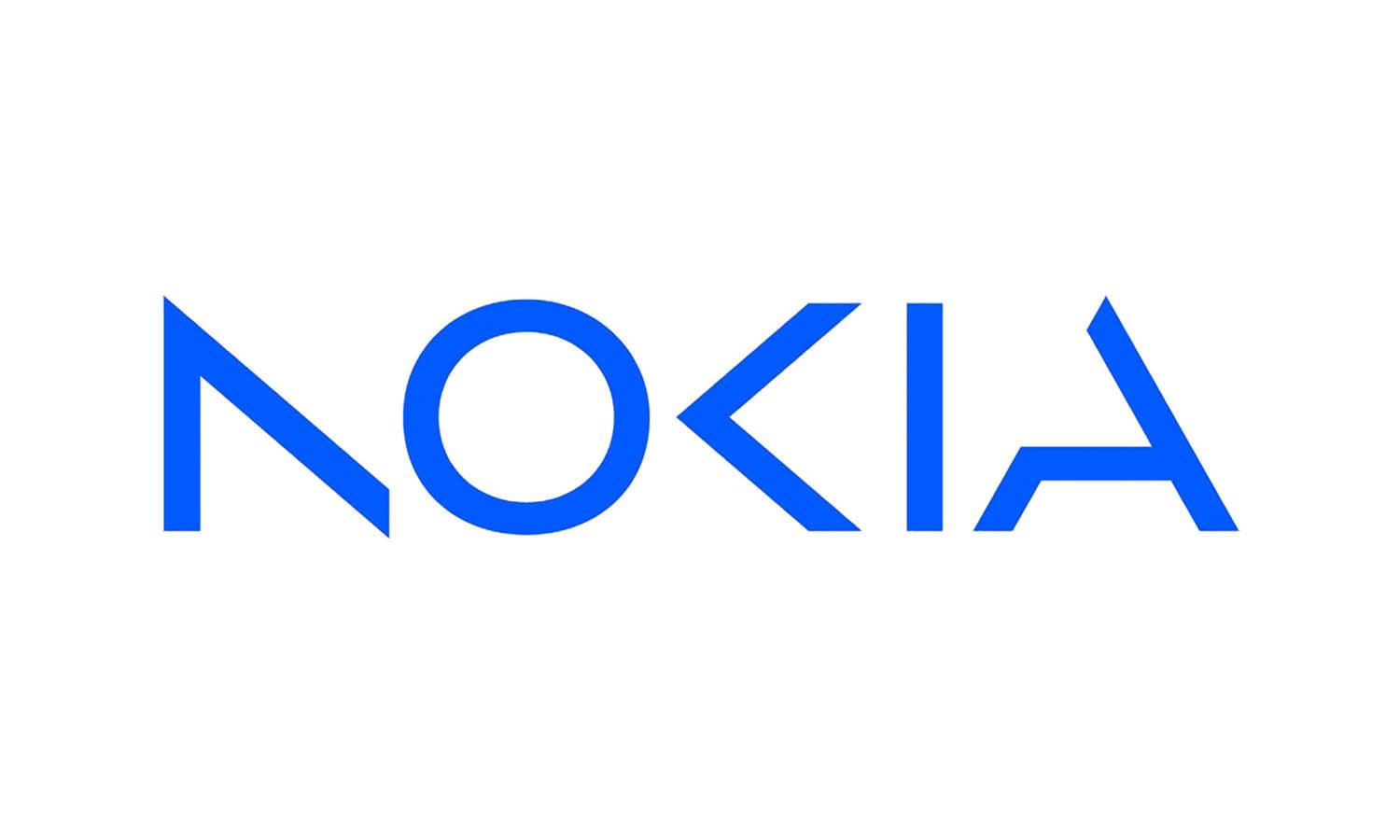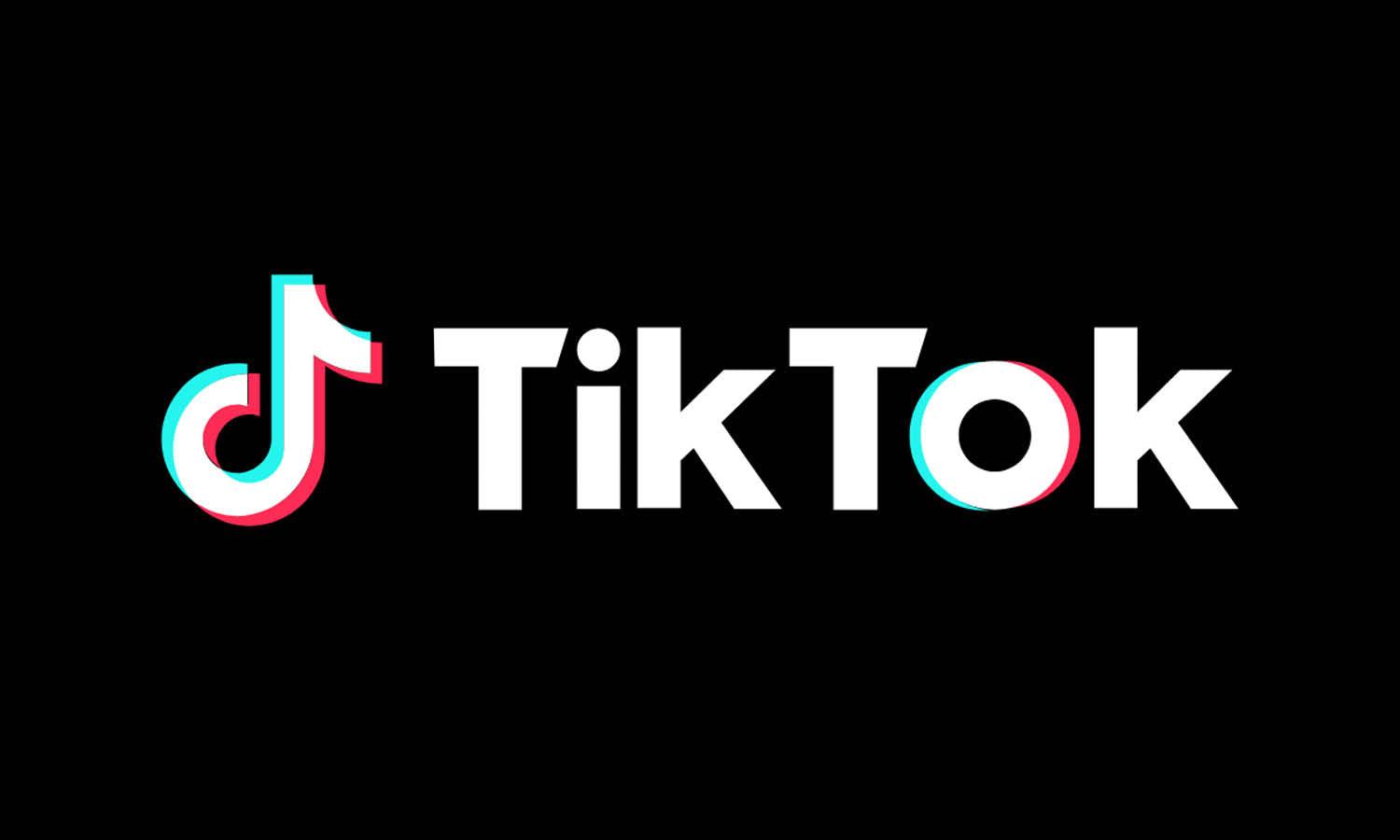LG Logo Design: History & Evolution

Image Courtesy: LG
When it comes to logo design, few brands have managed to capture simplicity and innovation quite like LG. The LG logo design is more than just a symbol; it's a reflection of the company's dedication to quality and modern aesthetics. Whether you're a seasoned graphic designer or just starting in the field, exploring the history and evolution of the LG logo design offers a fascinating journey into visual branding. From its early inception to the sleek and contemporary image we recognize today, the LG logo design has undergone remarkable transformations, reflecting the brand's growth and technological advancements. For anyone interested in graphic design, the LG logo's evolution is a masterclass in blending artistry with functionality. Join us as we delve into this iconic emblem, a blend of design thinking and visual storytelling that has made LG a household name. Whether you're aiming to draw inspiration or simply appreciate the craft, the story of the LG logo design promises to be an engaging ride.
LG Logo Design History
1947 - 1964
In the initial years of what would become a globally recognized brand, the LG logo design was quite distinct and rooted in its Asian heritage. Dating back to 1947, LG's precursor, known as Lucky, embarked on a unique design journey. The logo was explicitly crafted for an Asian audience, and it creatively incorporated hieroglyphs to represent the company's full title.
This early example of LG logo design contained a two-level inscription that displayed a perfect blend of tradition and innovation. The upper inscription was neatly enclosed in a bold red ellipse, giving it prominence and energy. Meanwhile, the lower inscription was elegantly set against a white backdrop, offering a crisp contrast that spoke to the company's commitment to clarity and simplicity.
For graphic designers looking to understand the roots of modern logo evolution, this period of LG logo design is a captivating study in cultural design aesthetics. It showcases how a logo can be both a reflection of cultural identity and a powerful tool for connecting with a specific audience. From hieroglyphs to color choices, the LG logo design from 1947 to 1964 serves as a reminder of how a logo can tell a story that resonates far beyond mere visuals.

Image Courtesy: LG
1963 - 1978
The years between 1963 and 1978 marked a significant transformation in the LG logo design, reflecting a shift in the company's branding strategy. Moving away from the red ellipse that characterized its earlier identity, the designers drew a circled rectangle, an element that gave the logo a modern and innovative touch.
Central to this new design was the character "L," enhanced with a wavy lower bar, a subtle yet expressive deviation that spoke volumes about the company's willingness to think outside the box. Alongside this fresh emblem, the company's name was repositioned, adopting a harmonious alignment with the new shape.
What's particularly noteworthy for graphic designers is the change in script utilized for the Asian symbols. The italicized design, previously used, was replaced with a sleek and minimalist style. This departure from the conventional approach created a sense of sophistication, aligning the LG logo design with contemporary design trends of the time.
This period of LG logo design is a testament to the power of reinvention. It illustrates how even small changes can significantly impact brand perception, demonstrating a fine balance between tradition and modernity. It's a lesson in how carefully thought-out design decisions can lead to a timeless yet contemporary appeal, a characteristic that continues to define LG's brand identity.

Image Courtesy: LG
1978 - 1983
The period from 1978 to 1983 brought another fascinating development in the evolution of LG logo design. This time, it was not just a change in shape or typography, but the introduction of a new symbol that gave the logo a more delicate and distinctive touch.
Adjacent to the company's title, designers added a blue quadrangle with outwardly curved sides and soft angles. This wasn't just a simple geometric shape; it was a carefully crafted design element that housed a four-petal flower, executed in white contours.
What makes this addition so captivating, especially for graphic designers, is the delicate nature of each petal. Crafted to resemble a heart, the petals added a new layer of symbolism to the LG logo design. This subtle yet powerful visual element infused the logo with a sense of warmth and innovation, balancing the company's technological image with a human touch.
The 1978-1983 LG logo design serves as a reminder that even in the world of tech, a brand can embrace design elements that resonate with emotion and elegance. It's a significant chapter in LG's visual narrative and a timeless lesson in how an emblem can shape a brand's identity through creativity and thoughtful design.

Image Courtesy: LG
1983 - 1995
The journey of the LG logo design took another interesting turn between 1983 and 1995. Before finalizing an agreement with Goldstar, Lucky made some modifications to the existing insignia, reminiscent of the 1964-1978 era, but with distinct changes.
The wave-shaped "L" was now adorned with a two-tone crown, consisting of five interconnected triangles, each accompanied by a large circle. These new elements added a royal flair, symbolizing the brand's growing prestige and influence.
What also stood out in this phase of the LG logo design was the transformation of the rectangular backdrop. The soft angles were replaced with sharp ones, and the vibrant red color gave way to a more delicate pale pink. Yet, despite these noticeable changes, the company retained the Chinese symbols from the 1978-1983 logo, maintaining a link to its heritage.
For graphic designers, this period in LG logo design provides insights into how subtle shifts in shape, color, and symbolism can create a renewed brand identity while still honoring the past. It's a compelling example of how a logo can evolve to reflect a company's journey, embracing new directions without losing its essential character. It adds to the rich tapestry that makes the LG logo design a fascinating subject of study and inspiration.

Image Courtesy: LG
1958 - 1964
The 1958-1964 era presented a unique chapter in the story of LG logo design, with the appearance of Goldstar, a firm specializing in manufacturing appliances and electronic devices. Under the GoldStar brand, the designers ventured into a creative realm to forge a distinctive logo that stood apart from previous incarnations.
The centerpiece of this innovative LG logo design was a crown, ingeniously formed by five merged triangles. Each triangle was adorned with a small circle at its apex, with the two central rays rendered in bold black, and the remaining three in contrasting white. This geometric configuration not only represented the brand's royal aspirations but also signaled a commitment to creativity and excellence.
What further marked this era was the introduction of the company's title written in a cohesive handwritten style. The typography, reminiscent of Arabic script, added an exotic flair, infusing the LG logo design with a sense of cultural richness and diversity.
For graphic designers, this phase in LG logo design serves as a lesson in how an emblem can be both distinctive and representative of a brand's core values. It illustrates the art of blending geometry, color, and script to create a memorable logo that stands the test of time.

Image Courtesy: LG
1964 - 1983
The years spanning 1964 to 1983 were pivotal in the evolution of the LG logo design. During this time, the insignia underwent a significant transformation that solidified its visual identity. A striking new addition was the integration of a black square, a bold choice that set the stage for the elements housed within.
Inside this square, designers meticulously placed a white circle, crowned with a distinctive emblem, and marked with the acronym "GS." This strategic composition conveyed a sense of authority and innovation, encapsulating the essence of the GoldStar brand during this era.
For graphic designers interested in logo evolution, this stage of LG logo design presents an inspiring blend of geometry and symbolism. The interplay between the black square and the white circle created a visual tension, while the crown and the "GS" acronym added layers of meaning and brand recognition.
What makes this era particularly noteworthy is the simplicity and power of the design elements. It underscores the principle that in logo design, sometimes less is more. The 1964-1983 LG logo design stands as an enduring example of how simple shapes and thoughtful details can create a timeless emblem that resonates with audiences and aligns with a brand's vision and values.

Image Courtesy: LG
1983 – 1995
As GoldStar edged closer to its merger, the 1983-1995 period saw the last evolution of its logo, a stage that built upon the familiar 1964 squarish image but with fresh and vibrant nuances. Rendered in bold red and white, this phase of the LG logo design was a nod to the company's legacy, while simultaneously embracing a modern aesthetic.
Positioned to the right of the emblem, the brand's full name caption, also in red, was written in a geometric typeface that defied tradition. Sans-serif characters, minimal rounding, and straight edges gave the logo a contemporary and streamlined appearance. This design choice was not merely cosmetic; it spoke to the brand's forward-thinking ethos.
Notably, the characters "d" and "a" appeared quite similar in shape, while the "t" uniquely lacked the left segment of the central bar. These subtle deviations added character and intrigue to the LG logo design, capturing attention and encouraging viewers to look closer.
For graphic designers, this era of LG logo design represents a masterclass in the subtle art of typography and color. It's a reminder that logos are not just about visual appeal; they are strategic tools that reflect a brand's personality, evolution, and aspirations. The 1983-1995 LG logo serves as an inspiring example of how to balance heritage and innovation in a world constantly on the move.

Image Courtesy: LG
1995 – 2014
The years between 1995 and 2014 marked a transformative era in the LG logo design. During this period, the company's leadership made a decisive move to merge existing brands and forge a new identity under the name LG. This bold step wasn't just a corporate decision; it was a creative opportunity to redefine the visual symbol of the brand.
The emblem crafted for this new phase was a carefully designed monogram, encapsulating the essence of the company's vision. The small note "L" was brilliantly enclosed within the bigger letter "G," creating a harmonious interplay between the characters. Jointly, they formed the focal point of the emblem, capturing attention and reflecting a sense of unity and innovation.
What set this phase of the LG logo design apart was the vibrant red circle that housed the monogram. Its central placement and rich color added a dynamic quality, symbolizing energy, passion, and a commitment to excellence.
For graphic designers, the 1995-2014 LG logo design is an insightful example of how a logo can communicate a brand's values, identity, and ambitions. The elegant blend of typography, color, and geometry created a timeless emblem that resonates with audiences and continues to inspire design professionals. It's a testament to the power of thoughtful design in shaping a brand's story and connecting with its audience.

Image Courtesy: LG
2005 – 2011
The timeline of LG logo design takes an interesting detour between 2005 and 2011. During this period, a minor but meaningful restyling occurred that added a fresh layer to the existing emblem.
The original design's integrity remained intact, but a subtle addition of the gray stand-alone acronym "LG" complemented the logo. This wasn't a drastic shift but a thoughtful enhancement that acknowledged the brand's growing global presence and recognition.
For graphic designers, this stage of the LG logo design offers an important lesson in the art of subtlety and restraint. While the temptation to make bold changes might always be there, sometimes a nuanced approach can be more impactful. By adding the simple gray "LG" acronym, the design managed to convey evolution without disrupting the established visual connection with audiences.
This restyling reflects the idea that even well-recognized logos can benefit from periodic updates to stay relevant and engaging. It's a testament to the creative thought process that goes into maintaining continuity while infusing new energy into a design.
The 2005-2011 LG logo design phase serves as a reminder that in the world of branding and design, small changes can make significant statements. It's a valuable insight for anyone interested in understanding how logos can evolve while respecting a brand's legacy.

Image Courtesy: LG
2011 – 2014
The LG logo design from 2011 to 2014 marked an innovative turning point for the brand, embracing a design trend that was gaining momentum globally – 3D imagery. This era saw LG introduce a 3D edition of their emblem, a move that not only showcased their commitment to innovation but also aligned with their leadership in the technology sector.
What made this update notable was the meticulous addition of shades and highlights, transforming the flat 2D emblem into a dynamic 3D sign. The effect was subtle yet powerful, giving the logo a more tactile and engaging appearance. It represented a brand that was forward-looking, modern, and aligned with the trends of the time.
For graphic designers and brand enthusiasts, this stage of the LG logo design offers valuable insights into the thoughtful use of visual techniques to create depth and dimension. It's a lesson in how to breathe new life into a well-established logo, making it feel contemporary without losing its essence.
The 2011-2014 LG logo design is a testament to the adaptability and creativity that characterizes successful branding. It reflects the balance between staying true to the core identity and being responsive to changing aesthetic tastes. A timeless example, it continues to inspire designers to think three-dimensionally and explore new visual possibilities.

Image Courtesy: LG
2014 – 2023
The most recent evolution of LG logo design, spanning from 2014 to 2023, brings a fascinating dual approach that accommodates both the digital landscape and the tactile world of product packaging. This period introduced two variations of the insignia: 2D and 3D, each with its unique application and intention.
The 2D rendition, with its crisp and streamlined appearance, has become the go-to for the brand's digital environment. It symbolizes LG's commitment to clarity and coherence, translating seamlessly across various online platforms.
On the other hand, the 3D version of the logo takes on a more commercial role. Primarily appearing on product packaging, its textured appearance is meticulously designed to captivate attention. With shades and highlights that leverage visual impact, this 3D iteration engages clients on a sensory level, making the LG products stand out on the shelves.
What the 2014-2023 LG logo design teaches graphic designers is the importance of adaptability and targeted design thinking. Understanding the context and purpose of a logo's application can lead to more effective and resonant design solutions.
This dual approach not only reflects LG's innovative spirit but also offers a masterclass in strategic branding. The ability to use different variations of a logo for specific purposes underlines the company's understanding of its audience and the different contexts in which its logo is encountered. It's a fine example of how thoughtful design can elevate a brand's presence across diverse platforms.

Image Courtesy: LG
2023 - Present
The LG logo design's most recent chapter, beginning in 2023, marks a significant departure from the past, reflecting a global trend towards minimalism and simplicity in branding. In this latest iteration, LG adopted a refined logotype, featuring the iconic monogram but with a significant twist.
The new design showcases the well-known "LG" monogram in white contours, placed on a clean white square. The result is a minimalist, elegant emblem that embodies the brand's commitment to innovation, purity, and clarity.
For graphic designers, this phase of the LG logo design offers an intriguing study in contrasts and continuity. By taking the familiar elements of the previous logo and stripping them down to their most essential form, LG demonstrates that less can indeed be more. It's a masterclass in how to distill a brand's essence into a straightforward yet powerful visual statement.
The 2023-present LG logo design reinforces the belief that a brand's visual identity must evolve to reflect changing tastes and trends. By embracing simplicity, LG has created a logo that feels fresh and modern while maintaining a connection to its rich heritage. It's an inspiring example for designers, showing how a brand can move forward without losing sight of where it's been, and stands as a striking testament to the power of minimalistic design.

Image Courtesy: LG
Analysis: LG Logo Design Evolution
The LG logo design evolution is a fascinating journey through various decades of branding, reflecting not only the company's growth but also the trends and technological shifts in the design industry. For graphic designers, this logo's metamorphosis offers a treasure trove of insights into successful branding strategies. Let's delve into five pivotal aspects of the LG logo's development, exploring how they have shaped one of the most recognizable emblems in the tech world.
Embracing Cultural Heritage and Change (1947-1964)The early years of the LG logo design embodied cultural references with a blend of hieroglyphs and Asian-inspired symbols. However, as the company evolved, so did its brand identity, shifting towards more universal, sleek, and minimalistic designs. This transition showcased a willingness to adapt and resonate with a broader, global audience while acknowledging its roots.
Innovation through Geometry
A significant transformation occurred during this phase, introducing geometric shapes and vibrant colors into the LG logo design. Whether it was the incorporation of the black square or the distinctive red and white rendering, these decisions demonstrated an alignment with contemporary design principles. They signaled a brand that was not afraid to be bold and inventive.
Symbolism and Aesthetic Touches
This era in the LG logo design evolution brought added elements like the blue quadrangle and the crown, enhancing the logo's visual intrigue. By adding symbolic and aesthetic touches, LG managed to imbue the logo with deeper meanings and an added layer of sophistication. The delicate balance of geometry and symbolism paved the way for a more complex and engaging visual identity.
Adaptation to Modern Technology
With the digital age's dawn, LG’s leadership took significant steps to merge existing brands and create a cohesive, modern identity. Introducing 2D and 3D variations, and employing shades, highlights, and vibrant colors, the logo was adapted to thrive in both digital and physical spaces. This phase proved that a flexible approach to design, catering to various platforms, is vital in the contemporary branding landscape.
Minimalism and Simplification
The most recent phase of the LG logo design exhibits a conscious shift towards minimalism, with a refined, straightforward approach. By employing white contours on a white square, LG has managed to strip down the logo to its essential form without losing its iconic touch. This transition is an inspiring reminder that a well-executed minimalist design can be both powerful and elegant.
The LG logo design evolution is a testament to the power of thoughtful and strategic design choices. It mirrors the brand's journey from a local player to a global powerhouse, reflecting various design movements along the way. For today's graphic designers, the logo's history provides valuable lessons in adaptability, innovation, cultural sensitivity, modernization, and the art of simplicity. The LG emblem stands as a dynamic example of how design can both drive and embody a brand's evolving story and values.

Image Source: https://www.lg.com/id | Image Courtesy: LG
The Philosophy & Meaning Behind LG Logo Design
The LG logo design is not just a visual representation of a brand; it's a carefully crafted embodiment of a philosophy that reflects the company's values, mission, and vision. For graphic designers, unraveling the meaning behind the LG logo offers a profound insight into how design can communicate complex ideas with simplicity and elegance. Here are five aspects of the philosophy and meaning that have shaped the LG logo's identity over the years.
Cultural Resonance
The LG logo's early stages, with its use of hieroglyphs and Asian symbolism, represented a strong connection to the company's cultural heritage. This design decision reinforced the idea that a logo can be a bridge between a brand and its community, resonating with local customs and values while also hinting at global aspirations.
Embracing Change and Innovation
The geometrical transformations in the LG logo design during these years reflected a brand committed to innovation and change. The logo's evolution from ellipses to more angular and sharp forms represented the company's drive to stay ahead of technological advancements and trends. It communicated a spirit of agility and forward-thinking.
Symbolism and Emotion
By introducing elements like hearts and crowns, the LG logo design conveyed a more profound, emotive connection with its audience. These symbols were not mere aesthetic choices; they added layers of meaning, symbolizing care, excellence, and connection. The logo's evolution during these years revealed how visual elements could encapsulate and evoke emotions and values.
Adaptability and Versatility
The diverse iterations of the LG logo, from 2D to 3D and the use of various shades and highlights, showcase a philosophy of adaptability and versatility. The LG logo design during this phase revealed an understanding of the multifaceted nature of branding across different platforms, showing that a logo must be dynamic and flexible to thrive in a rapidly changing digital environment.
Simplicity and Essence
The latest version of the LG logo design, with its minimalistic approach, reflects a philosophy of simplicity and essence. By stripping away excess elements, the design conveys a commitment to clarity, purity, and focused brand messaging. It's a testament to the belief that a logo's power often lies in its ability to communicate the core values succinctly and elegantly.
The LG logo design is more than a mere image; it's a visual narrative that tells the story of a brand's growth, aspirations, and values. From embracing cultural resonance to symbolizing change, evoking emotions, showcasing adaptability, and underscoring simplicity, the logo has successfully woven a tapestry of meanings over time. For graphic designers and brand enthusiasts alike, the LG logo design serves as a compelling case study on how a logo can transcend aesthetics to become a philosophical statement, reflecting the essence of a brand in every curve, color, and symbol.

Image Source: https://www.lg.com/id | Image Courtesy: LG
What Can We Learn from LG Logo Design
The journey of the LG logo design offers more than a mere visual feast. It provides valuable insights and lessons that graphic designers can apply to their work. As we dissect the evolution and nuances of the LG logo design, we can derive significant principles that are not only applicable to logo creation but also to design thinking at large. Let's delve into five essential lessons we can learn from the LG logo design.
Understanding Cultural Context
The initial stages of the LG logo design, especially during the "Lucky" era, were deeply rooted in the local culture. This shows the importance of aligning a logo with the cultural values and norms of its target audience. Understanding and resonating with the cultural context can help create an identity that is both meaningful and memorable.
Evolution as a Necessity
The LG logo design has undergone numerous changes over the years, adapting to technological shifts, market trends, and the company's evolving vision. This constant evolution is a clear lesson that logos need to be adaptable and that revisiting and refreshing a design can be integral to maintaining relevance and appeal.
Power of Simplicity
With its recent simplified design, the LG logo teaches us that sometimes less is more. In an age where design tends to get increasingly complex, stripping down to the essential elements can create a powerful and instantly recognizable image. A clear, uncluttered design is often more impactful.
Balancing Tradition and Innovation
The transition from the traditional Asian symbols to a more modern, sleek appearance demonstrates a delicate balance between preserving the company's roots and embracing innovation. The LG logo design's success lies in its ability to blend tradition and modernity seamlessly, offering a lesson in how to navigate the fine line between the old and the new.
Designing with Purpose
Every change in the LG logo design was purpose-driven, whether it was the incorporation of new symbols or a shift in color schemes. This highlights the importance of having a clear rationale and strategy behind every design decision. Purpose-driven design not only aligns with the brand's core values but also resonates more deeply with the audience.
The LG logo design offers a treasure trove of lessons that go beyond the realm of logo creation. Its rich history and thoughtful evolution present a roadmap for understanding the audience, embracing change, championing simplicity, balancing tradition, and designing with clear intent. For any graphic designer, the LG logo design serves as an inspiring case study, illustrating that a logo is not just a static image but a living entity that grows, evolves, and adapts. By internalizing these lessons, designers can craft logos that are not just visually appealing but are deeply connected to the brand's soul, reflecting its values, vision, and mission in every curve and color.
Conclusion
The story of LG logo design is a remarkable illustration of adaptability, innovation, and cultural resonance. From its earliest iterations to the latest minimalist incarnation, it offers an inspiring roadmap for graphic designers seeking to create meaningful and enduring logos. The lessons learned from LG's branding journey remind us that logos can be more than just eye-catching visuals; they can embody a brand's essence, narrate its history, and reflect its ambition. Whether you're a seasoned designer or just starting, the LG logo design offers a rich source of inspiration and insight to enrich your creative endeavors.
Let Us Know What You Think!
These fantastic logo design articles are written and curated by Kreafolk's team. We hope you enjoy our information and remember to leave us a comment below. Cheers!
















Leave a Comment